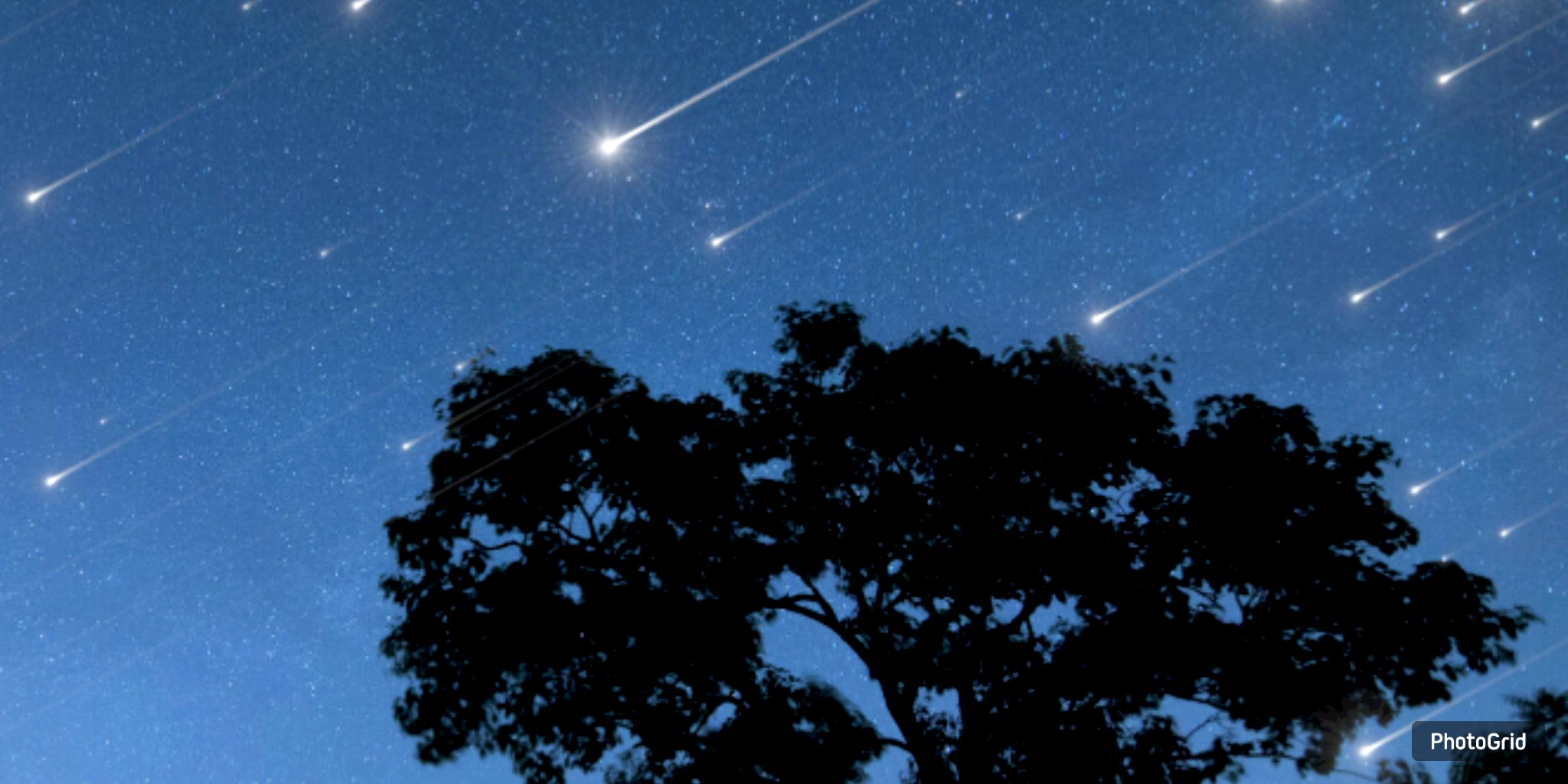
Tuesday night promises to be an extraordinary event for stargazers throughout Texas, as two meteor showers—the Southern Delta Aquariids and Alpha Capricornids—will reach their peak at the same time, presenting a unique celestial spectacle. In an exciting development, the skies are expected to stay predominantly clear across much of the state, creating ideal conditions for an exceptional viewing experience.
Meteor showers happen when our planet moves through the remnants of dust and debris that comets or asteroids have left in their wake. These small fragments of rock, frequently no larger than grains of sand, ignite in the atmosphere, producing the dazzling trails we refer to as meteors.
The Southern Delta Aquariids, known for their higher activity, are expected to grow 15 to 20 meteors each hour, with optimal viewing times between 2 and 5 a.m. These phenomena are typically less bright, yet they occur often, emanating from the constellation Aquarius, located in the southeastern sky.
In addition, the Alpha Capricornids are expected to contribute an additional 5 to 10 meteors each hour, frequently resulting in more luminous fireballs. Their radiant point is located close to Capricornus, in proximity to Aquarius, indicating that both showers will be observable in the same general area of the sky.
Expect mostly clear skies in San Antonio, Austin, and Dallas, providing central Texas with excellent viewing conditions. In Southeast Texas, particularly in Houston and Beaumont, residents might experience some cloud cover that could impact visibility. Between 2 and 3 a.m., expect the cloud cover to gradually move westward towards the I-35 cities, although the skies will not be entirely overcast.
To enhance your experience, move away from urban illumination and allow your vision to acclimate to the darkness for 15–20 minutes. The optimal time for viewing is from midnight to dawn, although some meteors might be spotted as early as 10:30 p.m. The moon's diminishing brightness of only 27% suggests minimal light disruption.
As we move into August, both showers will persist, but the meteor rates are expected to decline after this week. The grand finale features the Perseid meteor shower, peaking on August 12–13 with the potential for up to 100 meteors per hour—though a bright moon at 80–90% illumination may overshadow the spectacle. For those seeking dark skies and fireballs, Tuesday night presents the optimal opportunity.
















From breaking news to thought-provoking opinion pieces, our newsletter keeps you informed and engaged with what matters most. Subscribe today and join our community of readers staying ahead of the curve.